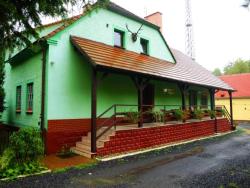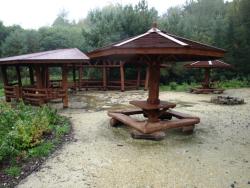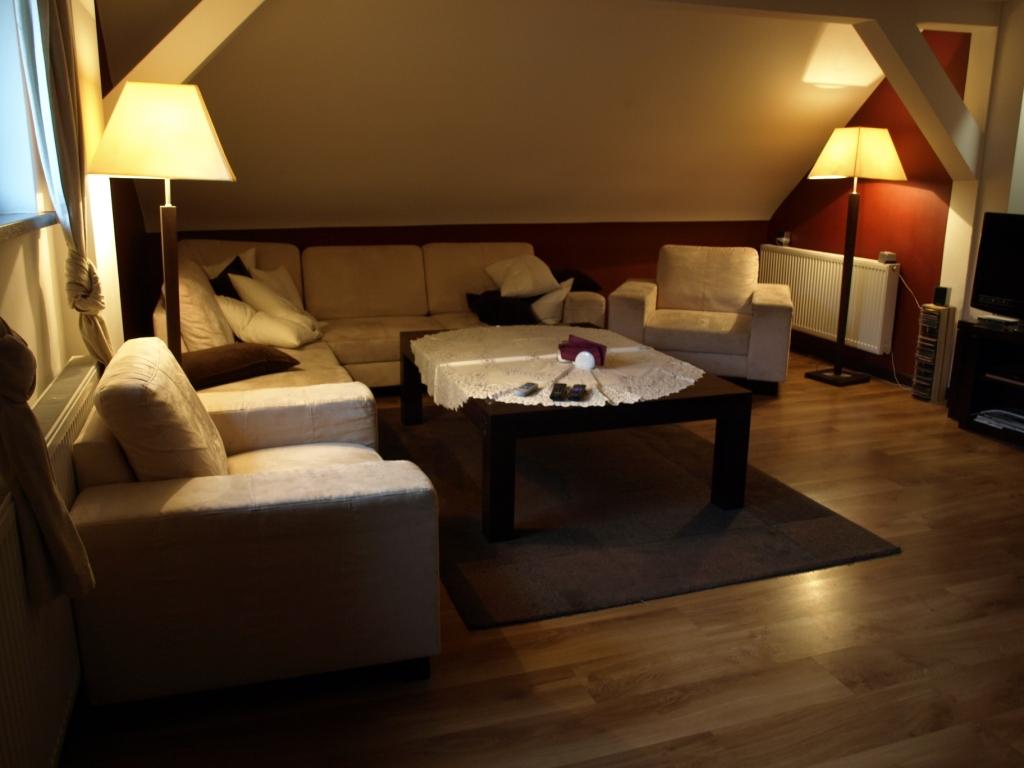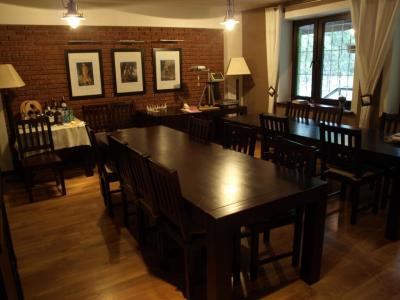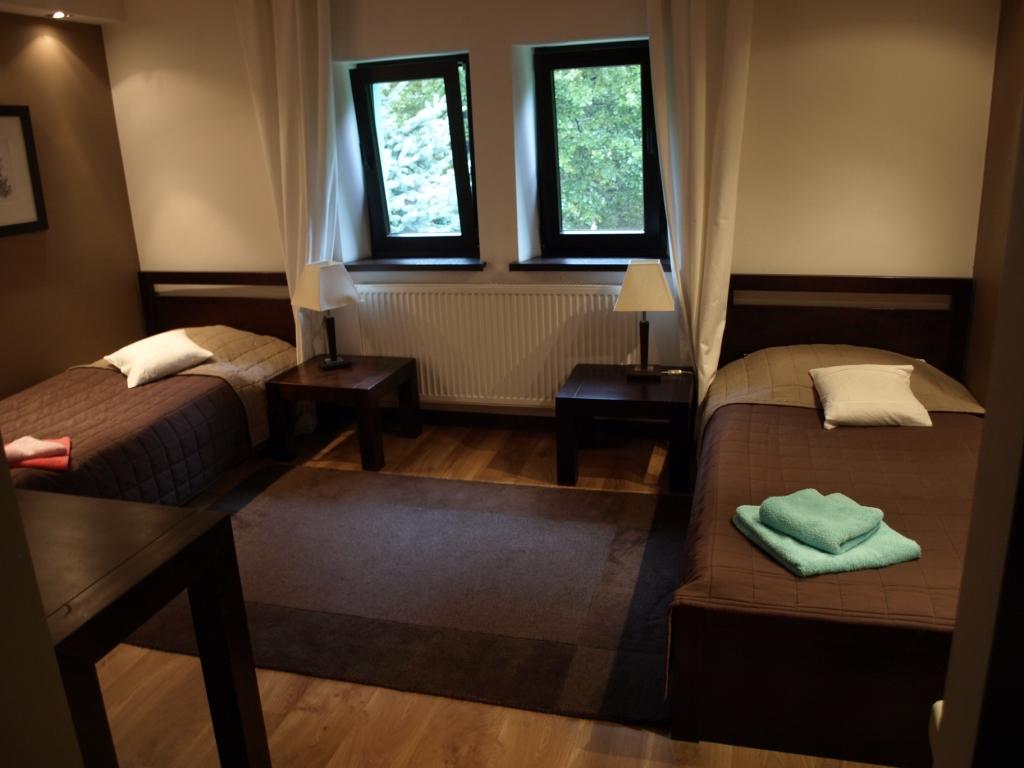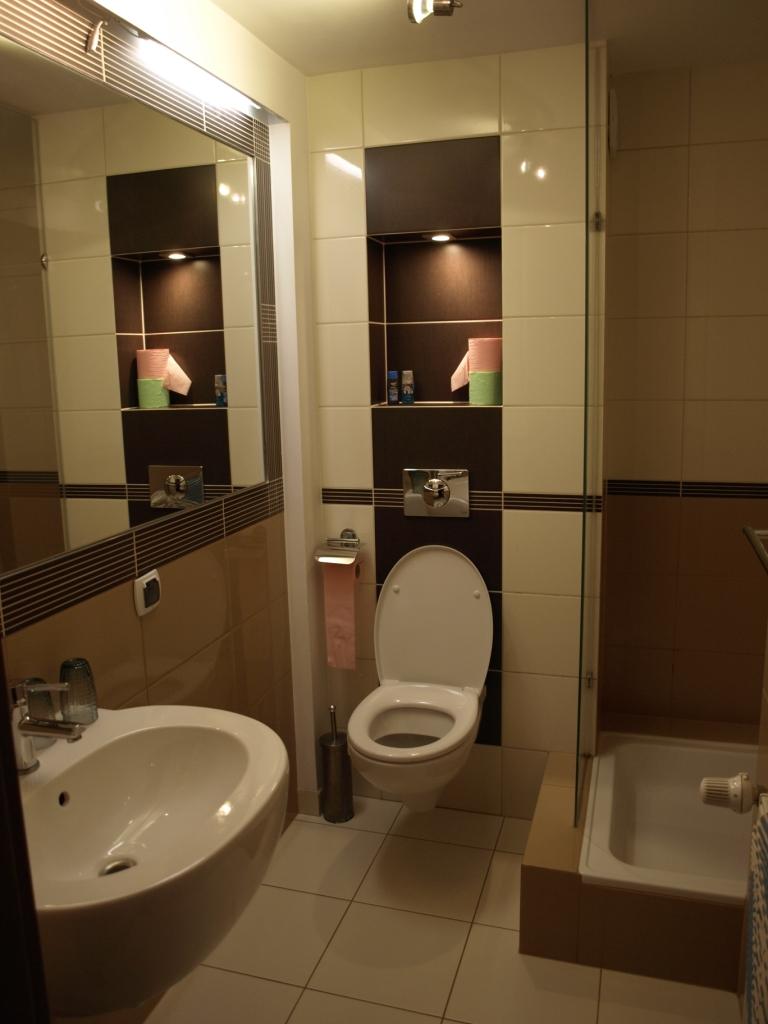 Asset Publisher
Asset Publisher
Polish hit
Polish products made of wood – furniture, window and door frames, yachts or paper and packages – these are real hits of the market.
Our country is the is the 10 largest producer of furniture and the 4 largest furniture exporter in the world. Wood industry sells abroad goods of its approximate value of 45 million zl annually, what constitutes 10 % of the whole Polish export. The measurement of the essential role of forestry and timber based sector in our management is that, it works out about 2 % of GDP (Gross Domestic Product). Not only it gives work to thousands of people, but it is also an engine of investment and of development of innovative technologies. From the beginning of transformation, it drew foreign capital of its value over 30 million zl.
Forest gives work
The State Forests belong to the leading group of employers in Poland. However, both forest and timber provide for workers with several thousand of Forestry Services Companies, which within the contract of mandate deal with, among others, planting trees and their nursing, wood logging and its transportation. And above all cooperate with people employed in several dozen thousand of companies creating wood and furniture industry and paper manufacture. Summing up, it gives as many as 375 thousand of Poles altogether. Statistically, every hundred inhabitant of our country works in the sector connected with forestry and wood processing.
Among private companies of forestry and timber based sector, there are also big companies with the share of foreign capital , and big and medium sized indigenous companies, but 9 of 10 companies in this sector are small plants employing less than 10 people. These are often family companies, cultivating multigenerational traditions connected with forestry and working in less developed regions of the country. There, forestry and wood industry, as well as agriculture constitute the basis of maintaining hundred thousand of families. As many as 600 % of all working places in the forest and wood based sector are located within rural areas.
Forest and wood based sector works out about 2 % of Polish GDP (Gross Domestic Product).
- 2 % of Polish GDP works out forest and wood based sector .
- Poland takes 4 place as the largest furniture exporter and 10 place as the largest producer of furniture.
- 50 % of paper and 9 of 10 pieces of furniture produced in Poland is exported abroad
- The value of annual export of Polish goods of wood and furniture industry and paper manufacture equals 45 billion zl (it is 10 % of the whole export).
- 30 billion zl , as direct foreign investments, have been drown since 1990 by Polish wood based sector (5,5 % of all).
- 100 kg of paper is used annually by statistic Pole (an average of UE is 160 kg, for USA – 230 kg).
Source: E. Ratajczak „Potencjał gospodarczy przemysłów opartych na drewnie i perspektywy ich rozwoju (Economic performance of wood – based industries and perspectives of their development)", GUS, Warszawa 2012.
 Asset Publisher
Asset Publisher
 Asset Publisher
Asset Publisher
ŁOWIECTWO
ŁOWIECTWO
W lasach żyje ok. 60 proc. z 618 gatunków kręgowców występujących w Polsce. Rozwój cywilizacji zachwiał odwieczną równowagą i regułami obowiązującymi w ekosystemach leśnych, co wpływa także na bytujące tam zwierzęta. Dlatego obecnie ich liczebność, sposoby opieki nad nimi, a także możliwości zapobiegania szkodom od zwierzyny – reguluje prawo: polskie i unijne.
Łowiectwo jest elementem ochrony środowiska przyrodniczego – tak definiuje je ustawa „Prawo łowieckie" z 1995 r. Zwierzęta łowne (20 proc. gatunków ssaków i 12 proc. ptaków występujących w Polsce) są dobrem ogólnonarodowym i własnością Skarbu Państwa. Gospodarowaniem zwierzyną łowną, zgodnie z zasadami ekologii oraz racjonalnej gospodarki leśnej, rolnej i rybackiej, zajmują się myśliwi zrzeszeni w Polskim Związku Łowieckim oraz leśnicy.
Przeczytaj więcej o łowiectwie
Fauna leśna na terenie Nadleśnictwa Złotoryja jest bardzo bogata. Zwierzyna gruba reprezentowana jest przez jelenie, daniele, sarny, dziki i muflony. Szacuje się (dane za rok 2013), że jeleni jest ok. 620 szt., danieli 12 szt., saren 4200 szt., dzików 1200 szt., a muflonów 50 szt. Okresowo pojawiają się łosie. Z gatunków chronionych (kiedyś łownych) spotkać można wydrę, bobra, a czasami wilka.
Zwierzyna drobna bytująca na terenie naszego nadleśnictwa to lisy, zające, bażanty, kuropatwy, borsuki, kuny i inne. W pobliżu zbiorników wodnych bytuje ptactwo wodne.
Nadleśnictwo Złotoryja nadzoruje gospodarką łowiecką w 18 obwodach dzierżawionych przez 12 kół łowieckich. Są to obwody polno-leśne oraz dwa leśne. Na terenie dwóch obwodów nadleśnictwo samodzielnie prowadzi gospodarkę łowiecką. Jest to Ośrodek Hodowli Zwierzyny (OHZ) Złotoryja.
OHZ Złotoryja to 7856 hektarów (w tym 3790 ha gruntów leśnych) atrakcyjnych łowiecko obszarów. W samym sercu łowiska znajduje się kwatera myśliwska z kancelarią leśniczego oraz miejscami noclegowymi. OHZ Złotoryja organizuje polowania zarówno dla myśliwych krajowych jak i zagranicznych. Istnieje także możliwość wynajęcia kwatery w celach innych niż łowieckie.
Wnętrze kwatery
Kwatera myśliwska kontakt:
Piotr Sawkowicz
tel. 501 034 446


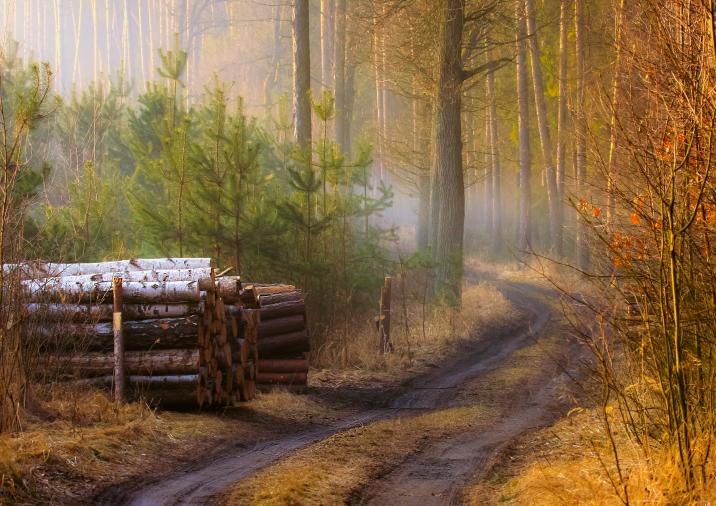






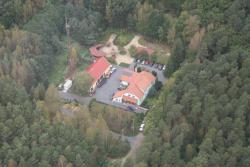 Kwatera Myśliwska
Kwatera Myśliwska
